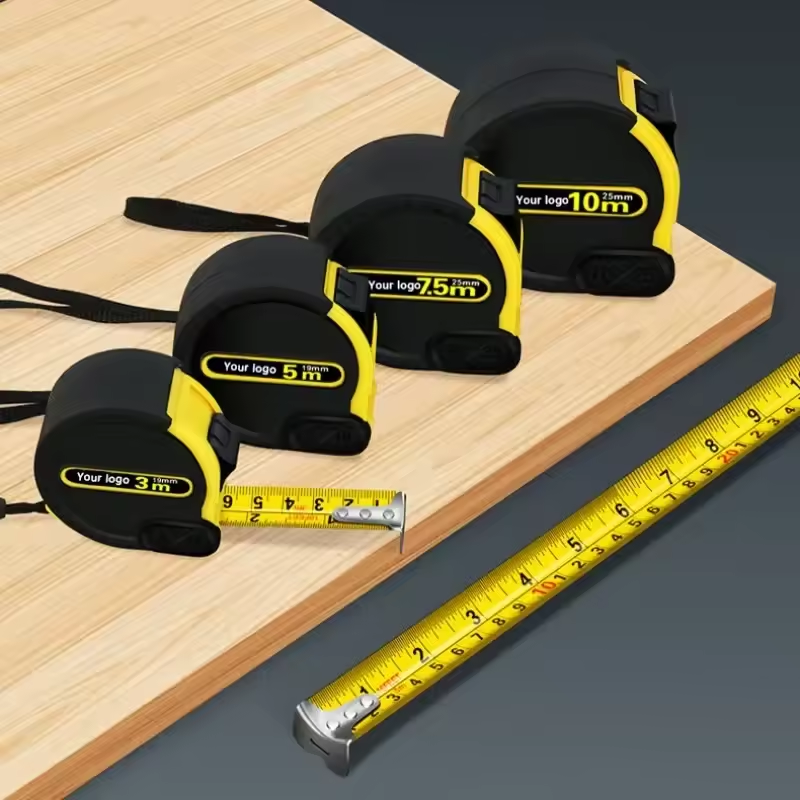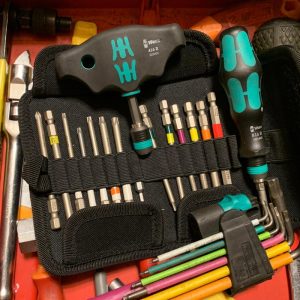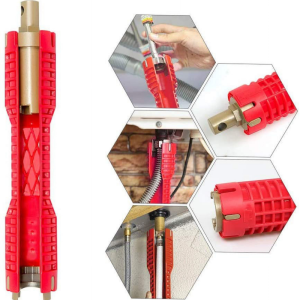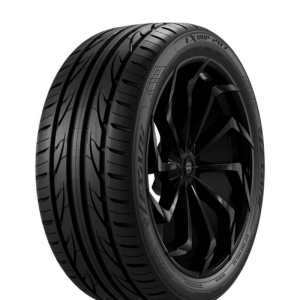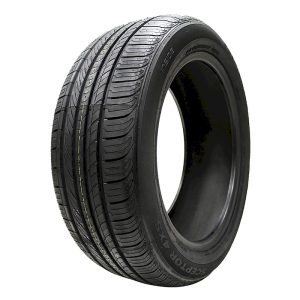
Ever felt a shimmy or wobble in your handlebars at highway speeds? It could be a sign your motorcycle tires are out of balance. Just like a perfectly balanced seesaw, a well-balanced motorcycle tire spins smoothly, distributing weight evenly and ensuring a safe, comfortable ride. In this guide, we’ll delve into everything you need to know about balancing motorcycle tires, from understanding the importance to tackling the process yourself or taking it to a professional.
Why Balance Motorcycle Tires?
Imagine a tire with an uneven weight distribution. As the wheel spins, the heavy spot creates a centrifugal force, causing a wobble that translates to your handlebars. This imbalance can lead to a cascade of problems:

- Reduced Handling: A wobbling tire throws off your motorcycle’s responsiveness, making steering less precise and potentially dangerous.
- Uneven Tire Wear: The constant vibration from an unbalanced tire wears down the tread unevenly, shortening its lifespan.
- Suspension Strain: The imbalance places additional stress on your motorcycle’s suspension components, accelerating wear and tear.
- Discomfort: A shaky ride can quickly become fatiguing, especially on longer journeys.
By balancing your motorcycle tires regularly, you ensure a smooth, stable ride, maximize tire life, and minimize wear on your suspension.
Signs Your Tires Need Balancing
Several telltale signs indicate your motorcycle tires might be out of balance. Here’s what to watch for:
- Handlebar Wobble: The most common symptom is a vibration or wobble in your handlebars, especially at higher speeds.
- Shimmying Front End: A shaking sensation in the front end can be a sign of an unbalanced front tire.
- Uneven Tire Wear: If you notice uneven wear patterns on your tires, like scalloping or cupping, it could be due to an imbalance.
If you experience any of these symptoms, it’s time to get your tires balanced. Don’t wait until the problem worsens; early detection saves money in the long run.
Balancing Methods: DIY or Professional?
Balancing motorcycle tires can be done by you or a professional. Here’s a breakdown of both approaches:
DIY Balancing:
- Advantages: Saves money, provides a sense of accomplishment.
- Disadvantages: Requires specialized tools (balancer, weights) and mechanical knowledge. Can be time-consuming, especially for beginners.
Professional Balancing:
- Advantages: Quick, efficient, and ensures accurate results. Professionals have the expertise and tools for a precise job.
- Disadvantages: Costs money (typically around $20-$40 per tire).
Balancing Motorcycle Tires Yourself (For the DIY Enthusiast)
If you’re comfortable working on your motorcycle and have a mechanical aptitude, balancing your tires at home can be a rewarding experience. Here’s what you’ll need:

- Motorcycle Tire Balancer: This machine spins the tire and identifies the heavy spots. There are two main types: static balancers (more affordable) and dynamic balancers (more precise but pricier).
- Tire Weights: These small metal weights come in various sizes and are attached to the rim to counterbalance the heavy spots on the tire.
- Valve Stem Removal Tool: Needed to remove the valve stem to access the rim for weight placement.
- Soapy Water Solution: Used to ensure a proper seal between the tire and the balancer.
- Safety Glasses and Gloves: Always prioritize safety when working on your motorcycle.
Steps to Balancing Motorcycle Tires:
- Tire Removal: Safely remove the tire from your motorcycle, following your motorcycle’s service manual for specific instructions.
- Mount the Tire: Secure the tire onto the motorcycle tire balancer according to the manufacturer’s instructions.
- Spin and Identify Imbalance: Spin the tire on the balancer. The machine will indicate the location and amount of weight needed for balance.
- Attach Weights: Based on the balancer’s reading, attach adhesive weights to the opposite side of the rim from the indicated heavy spot. Start with a small weight and gradually add more until the tire spins smoothly without a wobble.
- Reinstall the Tire: Once balanced, carefully reinstall the tire on your motorcycle, following the service manual’s guidance.
Important Tips for DIY Balancing:
- Consult your motorcycle’s service manual: Refer to the manual for specific tire size, weight placement recommendations, and torque specifications for reattaching the tire.
- Clean the rim surface: Ensure the area where the weight will be attached is clean and free of dirt or debris for proper adhesion.
- Start small with weights: Add weights incrementally to avoid over-balancing the tire.
Balancing at the Pros: When to Consider Professional Help
While DIY balancing offers a sense of accomplishment, it’s not for everyone. Here are some situations where seeking professional help might be the better option:

- Limited Mechanical Knowledge: If you’re unfamiliar with motorcycle maintenance or lack confidence in your mechanical skills, leaving it to the professionals ensures a job done right.
- Lack of Necessary Tools: Investing in a tire balancer and other tools solely for occasional balancing might not be cost-effective. Professional shops have all the necessary equipment readily available.
- Time Constraints: A professional can balance your tires quickly and efficiently, saving you valuable time.
- Special Considerations: For certain motorcycles, like those with spoked wheels or tubeless tires, specific expertise or equipment might be needed. Professionals are equipped to handle these variations.
Finding a Reputable Motorcycle Shop
When choosing a motorcycle shop for tire balancing, consider these factors:
- Experience and Reputation: Look for a shop with experienced technicians who specialize in motorcycle maintenance. Read online reviews and ask fellow riders for recommendations.
- Equipment: Ensure the shop has a well-maintained tire balancer, preferably a dynamic balancer for the most precise results.
- Pricing: Get quotes from different shops to compare prices. While cost is a factor, prioritize quality service over the cheapest option.
Beyond Balancing: Maintaining Balanced Tires
Once your tires are balanced, here are some practices to extend that balance and overall tire health:
- Regular Tire Inspections: Visually inspect your tires for uneven wear, damage, or foreign objects lodged in the tread.
- Proper Tire Inflation: Maintain the recommended tire pressure as specified in your motorcycle’s owner’s manual. Underinflated or overinflated tires can cause handling problems and uneven wear.
- Avoiding Impact: Try to avoid potholes, curbs, and other road hazards that can cause tire damage and lead to imbalance.
- Balanced Weight Distribution: When loading your motorcycle, ensure the weight is distributed evenly to prevent excessive strain on one tire.
Benefits Beyond Balance: Exploring the Advantages of Maintaining Balanced Tires
While the primary focus lies on achieving a smooth ride, balanced motorcycle tires offer a multitude of benefits that extend beyond pure comfort. Let’s delve into some additional advantages:

- Extended Tire Life: An unbalanced tire creates uneven wear patterns, significantly reducing its lifespan. Balanced tires wear evenly, maximizing their mileage and value.
- Improved Fuel Efficiency: An imbalanced tire creates friction as it wobbles, leading to increased fuel consumption. Balanced tires spin smoothly, minimizing rolling resistance and improving fuel economy.
- Enhanced Braking Performance: Uneven tire wear caused by imbalance can affect a tire’s grip. Balanced tires ensure optimal contact with the road surface, translating to sharper, more responsive braking.
- Reduced Maintenance Costs: The premature wear and tear caused by unbalanced tires translates to more frequent tire replacements and potential suspension repairs. Regular balancing helps prevent these additional costs.
- Increased Safety: A shaky ride caused by unbalanced tires can be distracting and make it harder to maintain control of your motorcycle. Balanced tires contribute to a more predictable and safer riding experience.
By prioritizing balanced tires, you’re not just investing in comfort; you’re making a smart choice for your motorcycle’s overall health, performance, and safety.
Invest in a Smooth Ride: The Importance of Balanced Tires
Taking the time to balance your motorcycle tires is an investment in your safety, comfort, and the longevity of your tires. Whether you choose to tackle it yourself or rely on a professional, prioritize keeping your tires balanced for a smooth, enjoyable ride on every journey.
